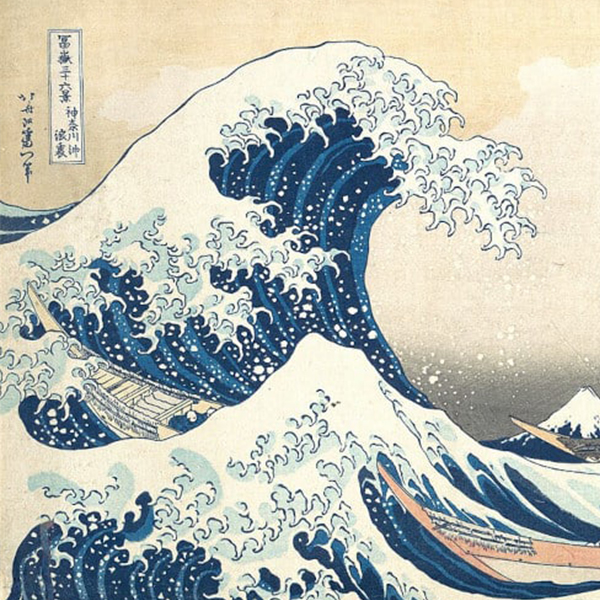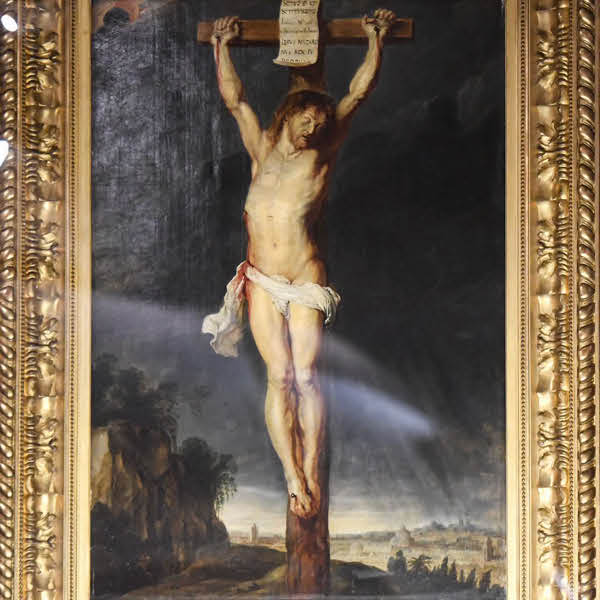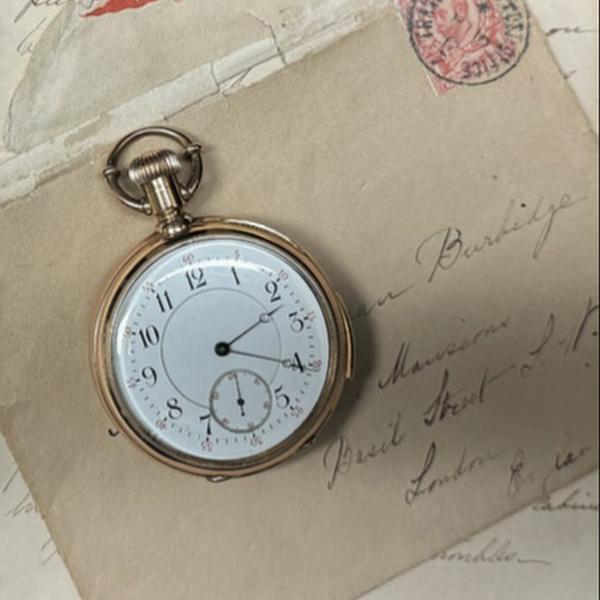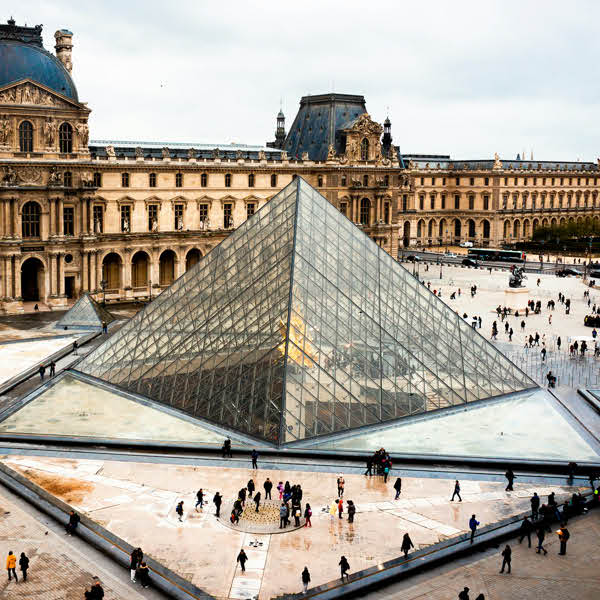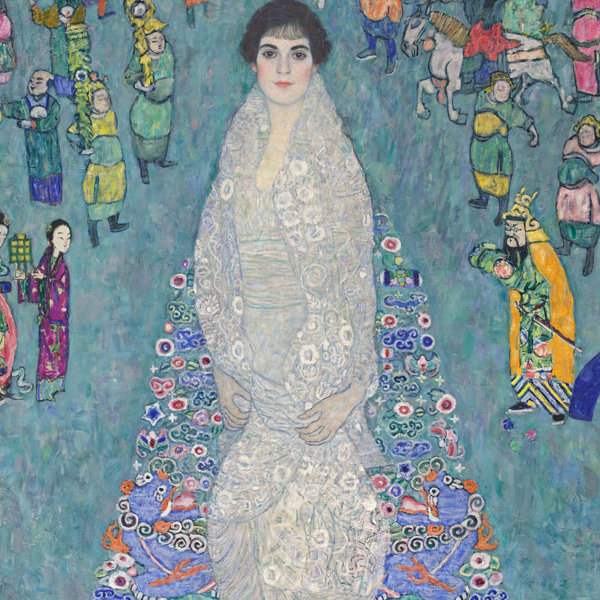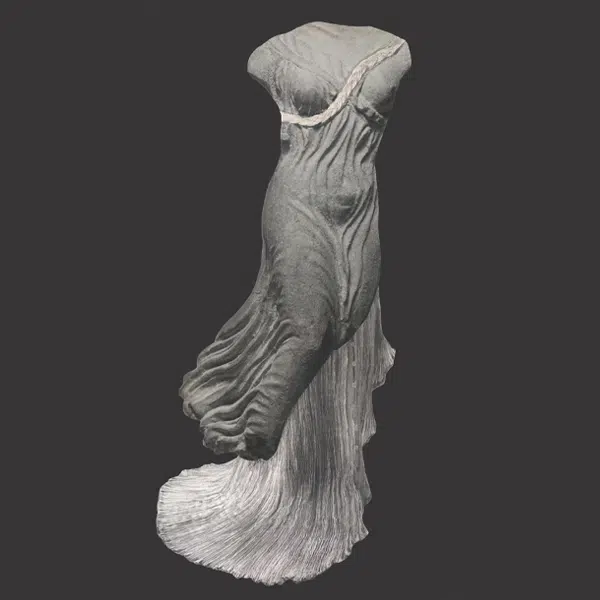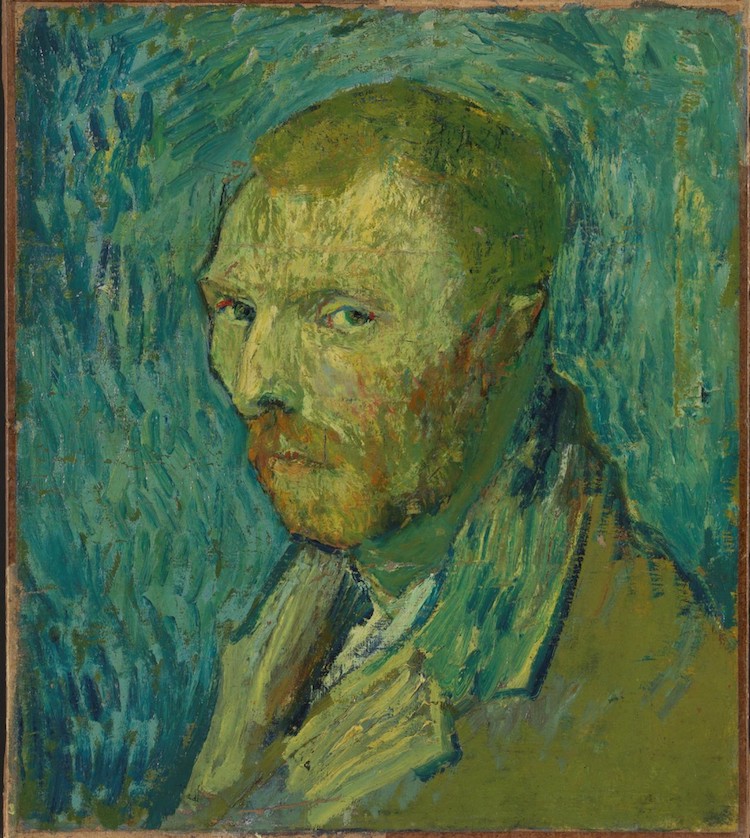
Photo: The National Museum / Anne Hansteen
Vincent van Gogh is known for both his extreme talent and tumultuous history. Plagued by mental illness, he had periods of great suffering, which eventually led him to sever part of his left ear. Aside from famous works like Starry Night and his Sunflowers series, he is also known for the 35 self-portraits he created. Now, experts have confirmed an additional self-portrait and, interestingly, it's the only one he ever painted during a bout of psychosis.
Self-Portrait (1889) was purchased by Norway's National Museum in 1910 as an original Van Gogh, but questions about its authenticity were brought up in the 1970s. Critics pointed to what they felt were unusual color choices, as well as the decision to flatten brush strokes with a palette knife, as anomalous for the great painter. To put the issue to rest, the museum called on experts from Amsterdam's Van Gogh Museum in 2014 to study the work closely and make a final determination. According to those experts, Self-Portrait (1889) is most certainly by Van Gogh.
Researcher Louis van Tilborgh from the Van Gogh Museum presented the findings of the team's technical and stylistic analysis, stating that there was no doubt that the work is by the master of Post-Impressionism. According to Van Tilborgh, it's the “only work Van Gogh is known to have painted while suffering from psychosis.”
Soon to be published in The Burlington Magazine, the team's extensive research covered the painting's provenance (owner history), a technical look at the canvas and color swatches, as well as a comparative analysis of the painting's style and composition.
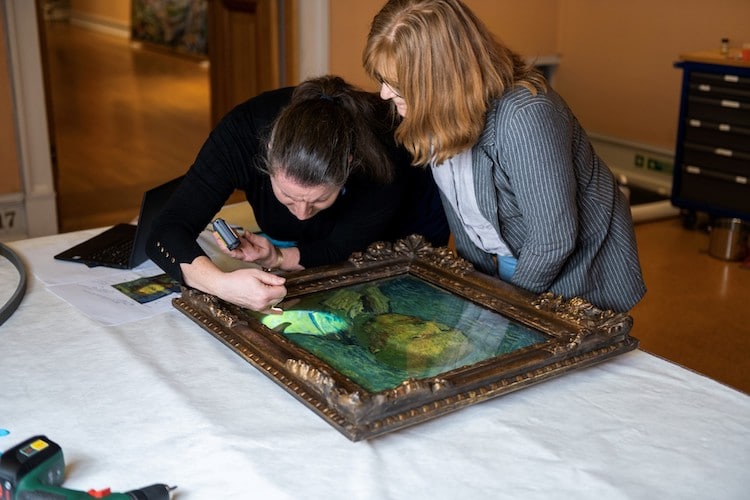
A conservator from Norway's National Museum examining the painting prior to a loan. (Photo: The National Museum / Anne Hansteen)
Van Gogh's gaunt face and tired eyes certainly show his mental state. In a September 20, 1889 letter to his brother Theo, Van Gogh mentions painting a self-portrait as “an attempt from when I was ill.” Researchers believe he was referring to this painting, as the type of canvas, brushwork, and color palette are all in keeping with other paintings created between late summer and autumn 1889. Van Tilborgh even points to Van Gogh's vulnerable gaze as evidence of his mental state, stating that this shy, sideways glance “is often found in patients suffering from depression and psychosis.”
In July of that year, he'd been admitted to an asylum after he tried to swallow paint. That August, once he was well enough to write his brother, he requested that he be provided paints. Van Tilborgh believes he would have painted Self-Portrait (1889) just a few days later. Interestingly, the date of this painting places it about eight months after the painter had mutilated his ear. In the oil painting, his ear appears to be partially missing, but it's important to remember that Van Gogh would have been looking in a mirror to create the work. That means the ear we're seeing is actually his right ear, which was still intact.
Still, Van Tilborgh argues that Van Gogh would have known that viewers would perceive the ear in the painting as his left ear. The art historian believes that Van Gogh went in with a palette knife after painting the ear and scraped portions of it off in an attempt to bring out his anguish.
The story of Van Gogh's Self-Portrait (1889) is fascinating not only for lovers of this masterful painter, but for those interested in the complex story of a singular painting. The work is a learning lesson in how art historians' opinions of artworks can change and evolve over time, leading to different attributions throughout the course of a painting's life.
Currently, Self-Portrait (1889) is on loan to the Van Gogh Museum and will be part of the exhibition In the Picture, which opens February 21, 2020.
h/t: [The Art Newspaper]
Related Articles:
3,500-Year-Old Stone Carving Discovery May Change Art History as We Know It
Modern Technology Reveals a Hidden Painting Underneath Picasso’s ‘The Blue Room’
New Leonardo da Vinci Drawing Is Discovered And It’s Worth $16 Million
Unexpected Discovery Reveals a Rare 18th Century Coloring Book for Adults














































































